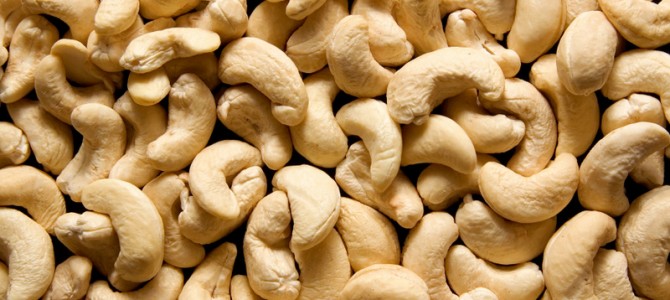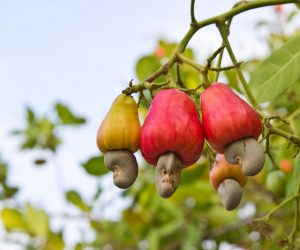Mr. Dewies Gym Science
Some quick gym science: Your body stores excess energy in the form of glycogen and protein. When you work out, your body burns fuel from anything you’ve eaten recently, and then it breaks down stored glycogen. Your muscles start to use available protein to rebuild within a few hours of working out, but your body is especially good at absorbing carbs and protein within 45 minutes after your workout—the post-workout window you’ve probably heard about.  While protein hogs the limelight when it comes to post-workout recovery, as a strength or endurance athlete you can’t forget the important role carbohydrates play. All carbohydrates break down in the body to glucose—the main fuel for muscular energy. Carbohydrates are key before, during and (surprisingly!) after exercise. While you’ve probably heard mutterings of “3 to 1” or “4 to 1” ratios in the locker-room, here’s the 411 on how the perfect ratio of carbs-to-protein can help to speed muscle recovery after your workout.
While protein hogs the limelight when it comes to post-workout recovery, as a strength or endurance athlete you can’t forget the important role carbohydrates play. All carbohydrates break down in the body to glucose—the main fuel for muscular energy. Carbohydrates are key before, during and (surprisingly!) after exercise. While you’ve probably heard mutterings of “3 to 1” or “4 to 1” ratios in the locker-room, here’s the 411 on how the perfect ratio of carbs-to-protein can help to speed muscle recovery after your workout.

Muscle glycogen is glucose stored in your muscles. Since your body needs glucose to fuel activity, after you’ve depleted your blood sugar and sugar stored in your liver, your body has to start pulling sugar from your muscles. Your level of training, and the amount of carbohydrates in your diet dictates how long this muscle glycogen will provide fuel. Draining your muscle glycogen is commonly referred to as “hitting the wall.” Even if you don’t completely deplete your muscle glycogen, it needs to be replenished in order to fuel the next workout. After exercise is when your body is primed to uptake carbohydrates to top off the tanks of your muscle glycogen. Research shows that the most effective way to replenish glycogen workout is by consuming a 4:1 ratio of carbohydrates to protein after the workout.
While chocolate milk gets all the press for having a 3–to-1 ratio of carbs-to-protein, there’s a cleaner, plant-based option for muscle recovery: Mr. Dewie’s Cashew ice cream! That’s right, our creamy cashew concoction contains a 4-to-1 ratio of carbs-to-protein, and this comes from the high volume of heart-healthy cashews that we use to make our delicious product! And, to further enhance your recovery, Mr. Dewie’s also contains additional potassium, calcium, electrolytes and iron to help facilitate soft tissue repair, support immune system health and rehydrate your body. Your potassium reserves will inevitably be sapped from an intense workout session. Potassium, among other nutrients like sodium and calcium, is a key mineral which plays a role in muscular energy. This game changer will leave you feeling refreshed and ready to conquer your next workout with an extra spring in your step. Who’d – a – thunk?






 Cashews can be harvested before they’re ripe, but at that point the toxic shell is also quite corrosive. This means that gloves are required to cut the soft shell with a knife to extract the still-green kernel. The kernel is then soaked in turmeric to get rid of the corrosive material before use.
Cashews can be harvested before they’re ripe, but at that point the toxic shell is also quite corrosive. This means that gloves are required to cut the soft shell with a knife to extract the still-green kernel. The kernel is then soaked in turmeric to get rid of the corrosive material before use. Mr. Dewie’s uses quality, organic cashews to make our delicious ice cream. We crush the nuts into a fine paste, which is then emulsified with water and the other natural ingredients to make a creamy milk. This milk is then churned in our freezers to make a rich, smooth high protein dessert – 6-8 grams per 4 ounce serving (scoop). Our ice creams are high in protein, and are as rich and creamy as they are because we use a large proportion of cashew paste in every serving. This is in contrast to some other nut milk based ice creams that skimp on the nuts, and instead use gums, oils and emulsifiers to try and achieve these same results. This is a cost cutting step to which we don’t subscribe, and which degrades the quality of the product.
Mr. Dewie’s uses quality, organic cashews to make our delicious ice cream. We crush the nuts into a fine paste, which is then emulsified with water and the other natural ingredients to make a creamy milk. This milk is then churned in our freezers to make a rich, smooth high protein dessert – 6-8 grams per 4 ounce serving (scoop). Our ice creams are high in protein, and are as rich and creamy as they are because we use a large proportion of cashew paste in every serving. This is in contrast to some other nut milk based ice creams that skimp on the nuts, and instead use gums, oils and emulsifiers to try and achieve these same results. This is a cost cutting step to which we don’t subscribe, and which degrades the quality of the product.